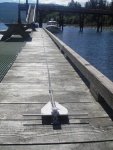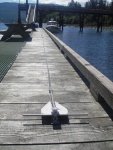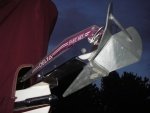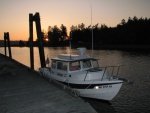RoseDoctor
New member
- Joined
- Mar 6, 2016
- Messages
- 43
- Reaction score
- 0
- C Dory Year
- 2010
- C Dory Model
- Marinaut 215
- Hull Identification Number
- WNZ3005FC010
- Vessel Name
- SEEKER
I'm replacing the hardware on my buoy and anchor system. It is salt water (Puget Sound). Am I better off with a galvanized swivel or a stainless swivel?
Gary
Gary






